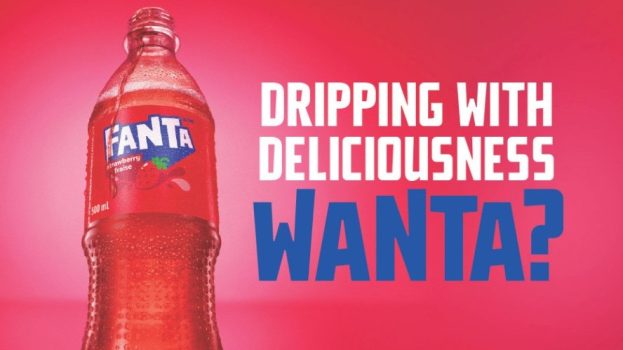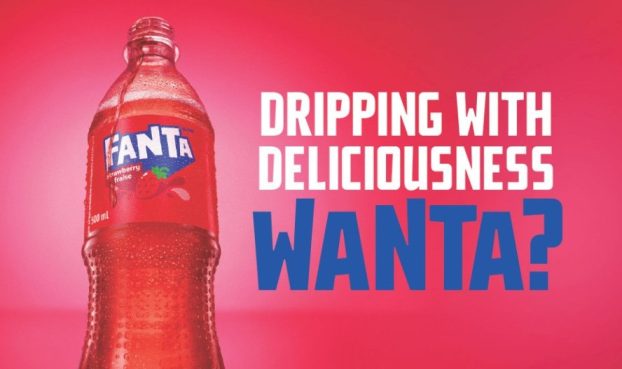The convenience factor is non-negotiable in grocery, according to the latest study by tech consultancy Capgemini.
According to its global survey of 10,000 consumers across 10 countries, including Canada, smooth delivery and fulfillment experience is a top priority. This is especially true for shoppers with children in the household, who overwhelmingly over-index for online interactions compared to their childless peers – 49% vs. 33%.
Respondents prioritize easy and clear return policies even more so than specific delivery time slots, specific in-home delivery requirements or same day options (see, below).

In the Capgemini survey, 57% of grocery shoppers say they go to the store to purchase the bulk of their groceries and supplement this with small online orders, as required. Alternately, they might be purchasing shelf-stable groceries or large, bulky household items online and shopping in person for fresh produce.
Both delivery fulfillment and in-store experiences are most important to millennials (56% and 45%, respectively) and least important to boomers (26% and 18%).
The survey also reveals that more Gen Z shoppers care about in-store experiences at health and beauty stores than grocery stores (51% versus 44%). Capgemini cites Sephora as a leader in heightening the in-store experience, from innovation such as digital try-on experiences to walk-in beauty studios.
Going around the grocery store and ordering direct is more common too: 41% of shoppers surveyed have ordered products directly from brands in the past six months, either on a one-time or subscription basis. Of these, 12% say they have ordered on a recurring or subscription basis from brands.
Capgemini conducted a further survey of 4,154 consumers who have ordered products directly from brands and not from retailers in the last six months.
Of those shoppers, 60% say they get a better buying experience than when buying in-store and 59% say they get access to brand-loyalty programs (see, below).

Capgemini cites U.S. confectioner Mars’s direct-to-consumer website for its M&Ms brand features engaging content, product personalization, and a clearly marketed loyalty program sign-up feature.
Key actions brands need to implement include: collecting and analyze first-party consumer data to customize new products and services for specific customer segments; develop an omni-channel strategy that incorporates the roles of in-store, ecommerce, direct to consumer, and marketplaces; reposition delivery and fulfillment services as a growth driver central to the customer experience.
























